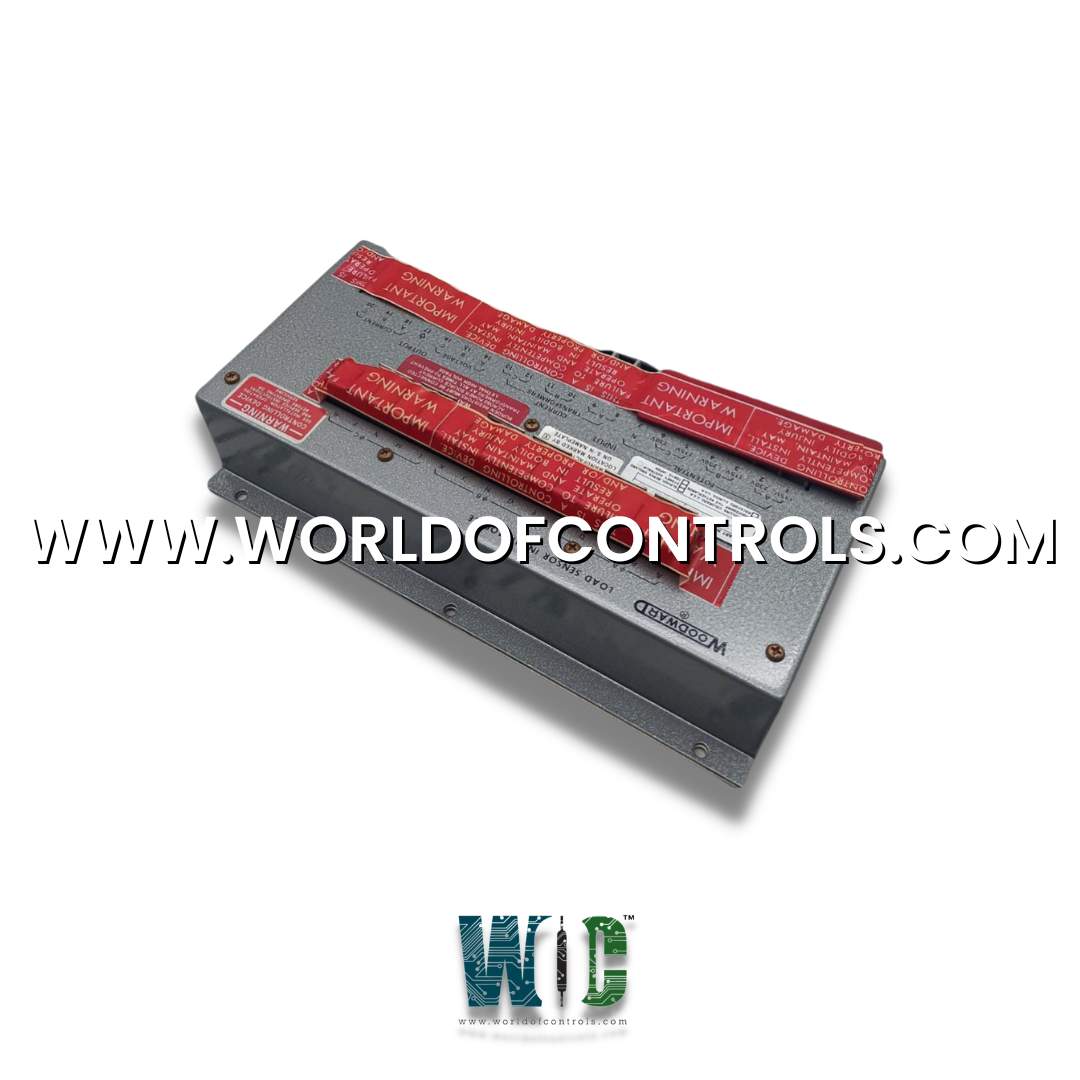
World Of Controls understands the criticality of your requirement and works towards reducing the lead time as much as possible.
8271-147 - Load Sensor Input Module is available in stock which ships the same day.
8271-147 - Load Sensor Input Module comes in UNUSED as well as REBUILT condition.
To avail our best deals for 8271-147 - Load Sensor Input Module, contact us and we will get back to you within 24 hours.
Part Number: 8271-147
Manufacturer: Woodward
Product type: Load Sensor Input Module
Repair: 3-7 Days
Availability: In Stock
Country of Manufacture: United States (USA)
8271-147 is a Load Sensor Input Module developed by Woodward. It can seamlessly integrate with load sensors. The module excels in providing essential data for efficient operation and maintenance. It is designed to withstand harsh environmental conditions. Its robust construction and protective measures ensure longevity and minimize the risk of malfunctions, making it an ideal choice for mission-critical applications.
World of Controls has the most comprehensive selection of GE and Woodward components. Our professionals are available to help you with your requirements at any time. If you require any additional information, please contact WOC immediately.
What is 8271-147?
It is a Load Sensor Input Module developed by Woodward.
How does the GAP software ensure robustness in controllers?
The GAP software meticulously writes all the blocks with optimal efficiency while prioritizing code stability. This careful approach minimizes the chances of unexpected issues arising from inefficient or unstable code.
What is the significance of a standardized language for writing blocks in the software?
The GAP software uses a consistent programming language for writing blocks, and it defines clear interfaces between these blocks. This approach reduces the likelihood of unwanted interactions between unrelated software pieces, promoting stability and reducing potential malfunctions.
How does the software address timing requirements in the generated code?
The software adheres to rigidly defined timing requirements for the code it generates. It ensures that the execution times of the blocks remain non-variable, meaning they do not fluctuate during operation. This predictability ensures consistent behavior under various conditions.